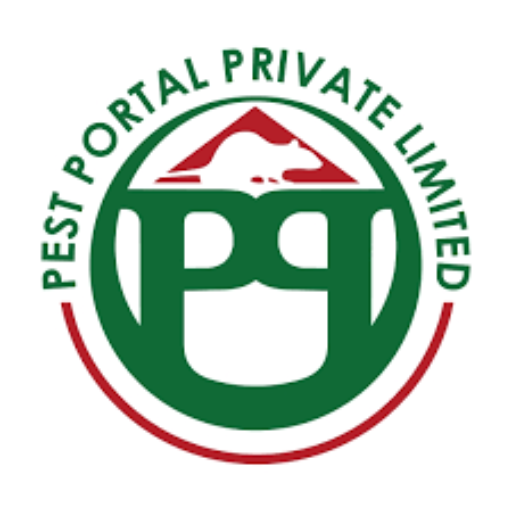
How Wood Boring Beetles Pose Threats to Homes and Buildings in Zimbabwe
Wood boring beetles pose threats to homes and buildings. Call 0772593344 for effective and reliable wood boring beetle control today.
Zimbabwe, with its diverse climate and abundant timber resources, is unfortunately also a habitat for a range of wood-boring beetles. These insects, seemingly innocuous in their larval stages, pose a significant threat to the structural integrity and longevity of homes and buildings across the country. Understanding the threat these beetles represent is crucial for effective prevention and mitigation. This post will explore the various species, the damage they cause, and the methods available to homeowners and building owners to combat this pervasive issue.
Identifying the Culprits: Common Wood Boring Beetle Species in Zimbabwe
While a precise species-level identification often requires entomological expertise, several beetle families are commonly responsible for wood damage in Zimbabwean structures. These include:
Lyctidae (Powderpost Beetles): These small beetles are notorious for attacking seasoned hardwood, particularly furniture and flooring. Their larvae bore tiny, perfectly round holes, leaving behind a characteristic fine powder – hence the name “powderpost beetles.” They prefer dry, seasoned wood, often attacking furniture and structural timbers that are already weakened or compromised. Species like Lyctus brunneus are prevalent in Zimbabwe.
Anobiidae (Death-watch Beetles): This family encompasses several species, some of which are notorious for their nocturnal tapping sounds, used to attract mates. The larvae of death-watch beetles create larger, more irregular tunnels than powderpost beetles. They tend to infest damp or decaying wood, often attacking older buildings with poorly maintained timbers. Xestobium rufovillosum (the common death-watch beetle) is a notable example found in Zimbabwe.
Bostrichidae (Auger Beetles): Auger beetles are characterized by their cylindrical larvae and the characteristic large, oval exit holes they leave behind. They prefer softer woods and are often found in less well-maintained buildings. They can cause significant structural damage if left unchecked.
Cerambycidae (Longhorn Beetles): These beetles are typically larger than the others mentioned and are known for their long antennae. The larvae of longhorn beetles can bore extensive tunnels into both hardwoods and softwoods, causing significant structural weakening. Some species are attracted to stressed or decaying wood, while others may attack healthy timber.
The Extent of the Damage:
The damage caused by wood-boring beetles goes far beyond mere cosmetic blemishes. The tunnels they create weaken the structural integrity of wooden members, potentially leading to:
Compromised structural stability: Extensive boring can significantly reduce the load-bearing capacity of beams, joists, and other structural elements. This can lead to sagging floors, unstable walls, and even complete structural failure.
Increased risk of infestation: The tunnels created by beetles can provide entry points for other pests, such as termites, further exacerbating the problem.
Reduced property value: Visible signs of beetle infestation significantly diminish the value of a property, making it difficult to sell or rent.
Health hazards: In some cases, the dust produced by beetle larvae can trigger allergic reactions in susceptible individuals.
Prevention and Control Strategies:
Effective management of wood-boring beetle infestations requires a multi-pronged approach encompassing preventive measures and control strategies.
Professional Pest Control:
Dealing with wood-boring beetles effectively often requires the expertise of professionals. At Pest Portal Zimbabwe, we specialise in timber preservation. We can conduct thorough inspections, identify the species involved, and recommend appropriate treatment strategies. We therefore possess the knowledge and equipment to address infestations safely and effectively.
Preventive Measures:
- Proper Timber Selection: Using properly seasoned and kiln-dried lumber reduces the risk of infestation.
- Regular Inspections: Conducting regular inspections of wooden structures, paying close attention to areas with potential moisture problems.
- Maintaining proper ventilation: Ensuring adequate ventilation reduces moisture buildup, making the wood less attractive to beetles.
- Promptly addressing moisture issues: Repairing leaks, addressing dampness, and ensuring good drainage are crucial preventative steps.
- Protective coatings: Applying appropriate wood preservatives and sealants can deter beetles from infesting the wood.
Control Strategies
Heat Treatment: High temperatures can effectively kill all life stages of wood-boring beetles.
Chemical Treatments: Various insecticides are available, but their application requires professional expertise to ensure effectiveness and safety. Note that the use of pesticides should always adhere to local regulations and safety guidelines.
Biological Control: Exploring environmentally friendly methods such as introducing beneficial nematodes which prey on beetle larvae.
Infested Timber Replacement: In cases of severe infestation, replacing the affected timber may be the only viable option.
Conclusion
In conclusion, wood-boring beetles pose a serious and ongoing threat to homes and buildings in Zimbabwe. By understanding the species involved, the damage they cause, and the available prevention and control methods, homeowners and building owners can take proactive steps to protect their investments and ensure the longevity and safety of their structures. Early detection and prompt action are key to mitigating the damage and preventing costly repairs in the future. Don’t hesitate to seek professional assistance when dealing with suspected infestations.


